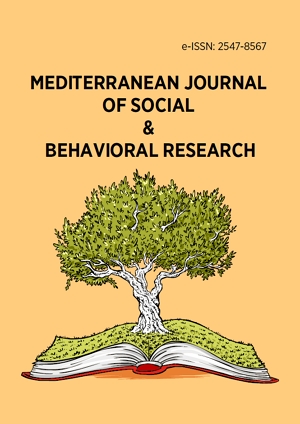Abstract
The study investigated the effects of technology-integrated guided inquiry (TGIBL), guided inquiry (GIBL), and traditional (TRAD) strategies on pre-service mathematics teachers’ attitudes towards geometry in college of teacher educations. The study employed nonequivalent quasi-experimental design with two experimental groups and control group. A three-stage sampling method was used. The experimental groups were exposed to TGIBL (n=48) and GIBL (n=38), while comparison group (n=30) with TRAD approach. The geometry attitude scale (GAS) questionnaire was the instrument employed to collect data from 116 PSMT. A one-way analysis of covariance, multiple comparison test and paired sample t-test were used to analyze data. The results of the study revealed that pre-service mathematics teachers who were exposed to the TGIBL had gained positive attitudes towards learning geometry than their counterparts exposed to the GIBL and TRAD, respectively. Moreover, the group taught with GIBL also shown to have a statistically significant difference with TRAD on attitude. Similarly, paired sample t-test also favored post-test score. Based on the results, TGIBL and GIBL approach should be embraced in the college of teacher educations to reinforce favorable attitudes towards learning geometry among pre-service mathematics teachers.
License
This is an open access article distributed under the Creative Commons Attribution License which permits unrestricted use, distribution, and reproduction in any medium, provided the original work is properly cited.
Article Type: Research Article
MEDITERR J SOC BEH RES, Volume 7, Issue 1, February 2023, 3-13
https://doi.org/10.30935/mjosbr/12560
Publication date: 01 Jan 2023
Online publication date: 20 Oct 2022
Article Views: 2922
Article Downloads: 1535
Open Access References How to cite this article
 Full Text (PDF)
Full Text (PDF)